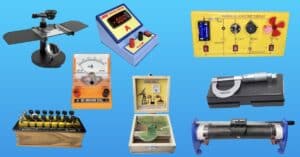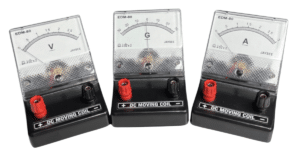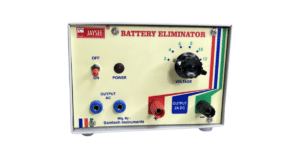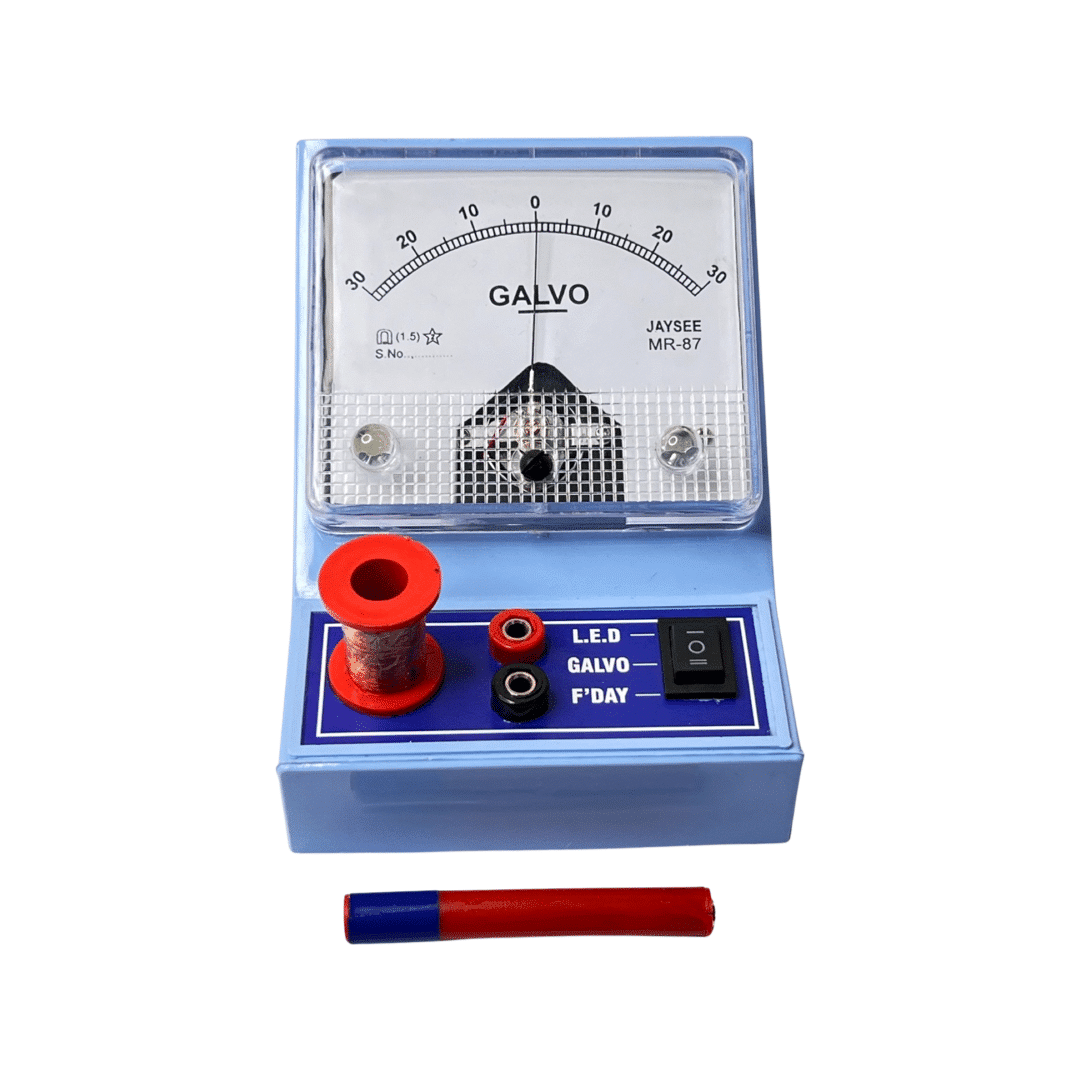The Vernier caliper least count is the smallest measurement it can accurately determine. It’s the difference between one main scale division and one Vernier scale division. Understanding this value helps ensure precise measurements in various applications.
In this comprehensive guide, as experts in the field, we will delve deep into the intricacies of vernier calipers, demystifying their least count and equipping you with the knowledge you need to master this essential instrument.
What is a Vernier Caliper?
Before diving into the least count specifics, let’s start with the basics. A vernier caliper is a precision measuring instrument that can measure the internal and external dimensions of an object with remarkable accuracy. It consists of two main parts: the main scale and the vernier scale. The main scale is fixed, while the vernier scale can slide along the main scale.
The Main Scale
The main scale is the longer of the two scales on a vernier caliper. It’s typically graduated in millimeters or inches, depending on the caliper’s unit of measurement. Each millimeter or inch on the main scale is further divided into smaller divisions, where the least count comes into play.
The Vernier Scale
The vernier scale is the shorter scale that slides along the main scale. It contains divisions that are slightly smaller than those on the main scale. The key to precise measurements with a vernier caliper lies in aligning the divisions on the vernier scale with those on the main scale.
Understanding the Vernier Caliper Least Count
The least count of a vernier caliper is the smallest measurement that can be read or measured with the instrument. It’s a crucial factor that determines the precision of your measurements. To calculate the least count, consider the number of divisions on the main and vernier scales and their alignment.
The Formula for Least Count
Least Count = (Value of one main scale division) – (Value of one vernier scale division)
The value of one main scale division is the distance between two consecutive main scale divisions, and the value of one vernier scale division is the distance between two consecutive vernier scale divisions.
Achieving Precision
To get the most accurate measurement, you should strive to align a vernier scale division with a main scale division. When you do this, the measurement you obtain will consist of the main scale reading plus a fraction of the vernier scale reading. This fraction is equal to the least count.
Practical Application
Now that we’ve covered the theory let’s explore how to use a vernier caliper effectively.
- Zero Error Correction: Ensure that the vernier caliper is correctly zeroed before making any measurements. Any deviation from zero will introduce errors in your measurements.
- Select the Appropriate Jaws: Vernier calipers often come with different types of jaws, such as inside, outside, and depth jaws. Choose the jaws that best suit your measurement requirements.
- Align the Object: Place the object you want to measure between the jaws and ensure it’s properly aligned. Any misalignment can lead to inaccurate readings.
- Read the Scales: Carefully read both the main and vernier scales. The main scale reading is straightforward, while the vernier scale reading is obtained by identifying the aligned vernier division.
- Calculate the Measurement: Add the main scale reading to the vernier scale reading (multiplied by the least count) to obtain the final measurement.
Common Challenges
While using a vernier caliper can be highly accurate, it’s not without its challenges. Here are some common issues you might encounter:
Parallax Error
Parallax error occurs when the observer’s eye is not directly aligned with the scale being read. To minimize this error, look at the scales from a perpendicular angle.
Vernier Scale Alignment
Achieving perfect alignment between the vernier and main scales can be tricky. It requires practice and a steady hand. Always take your time to ensure a precise alignment.
Mechanical Wear
Like any tool, vernier calipers can wear over time. Regular maintenance and calibration are essential to ensure accurate measurements.
FAQs
Can vernier calipers measure both internal and external dimensions?
Yes, vernier calipers are versatile tools that can measure both internal and external dimensions accurately.
What is the least count of a typical vernier caliper?
The least count of a vernier caliper commonly ranges from 0.02 mm to 0.05 mm, depending on the instrument’s design and quality.
Are digital vernier calipers more accurate than analog ones?
Digital vernier calipers offer ease of reading and can be more accurate due to the absence of parallax errors associated with analog scales.
Can vernier calipers measure angles?
Vernier calipers are primarily designed for linear measurements. To measure angles, a protractor or angle gauge is more appropriate.











